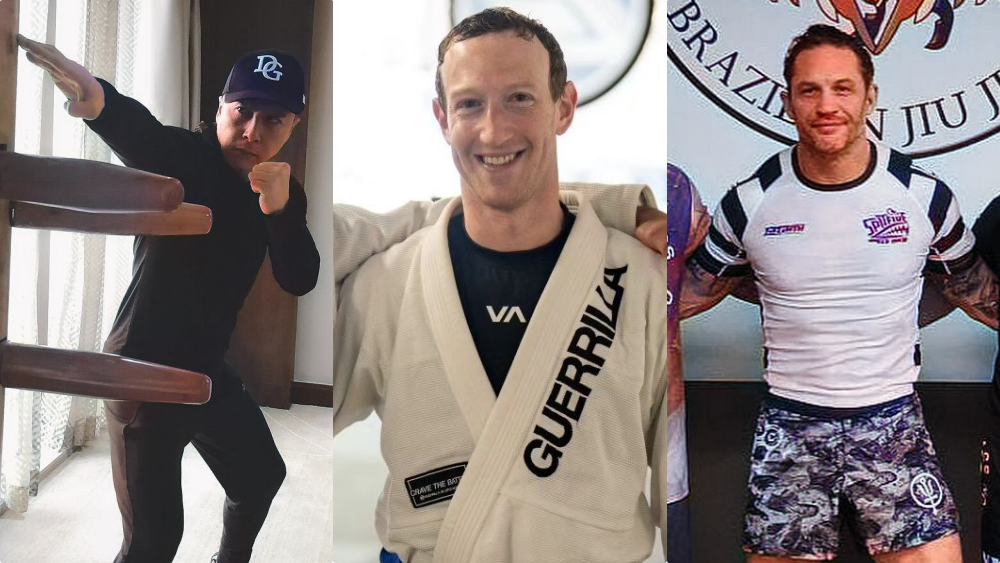
Guest post by Evolve MMA, Asia’s premier championship brand for martial arts with the most number of World Champions on the planet. Named as the #1 ranked martial arts organization in Asia by CNN, Yahoo! Sports, FOX Sports, and more, Evolve MMA is the best gym to learn MMA in Singapore.
Have you ever wondered why many top CEOs and celebrities are drawn to martial arts? What could these high-profile individuals, with their packed schedules and myriad of responsibilities find in the disciplined and demanding world of martial arts?
This article delves deep into the reasons behind this intriguing phenomenon, exploring the various benefits and motivations that drive these successful people towards martial arts training.
The Attraction Of Martial Arts: More Than Just Physical Fitness
Some of the reasons why a growing number of high-profile executives and celebrities choose martial arts training to balance out their grueling work schedules include:
1) A Unique Form Of Stress Relief
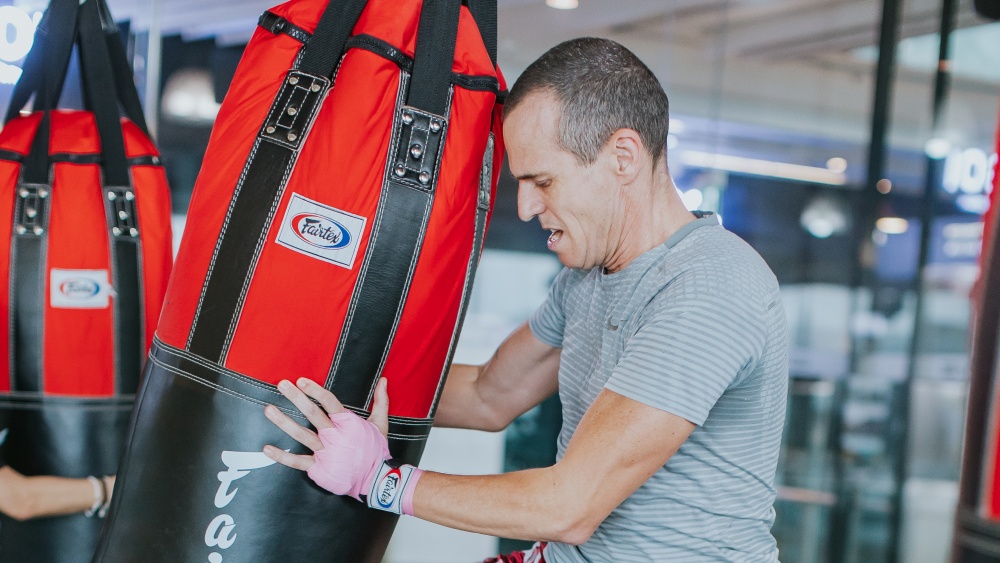
Imagine the high-pressure environments CEOs and celebrities navigate daily. For them, martial arts offer a unique form of stress relief; a way to disconnect from their hectic lives and focus on the present. Training sessions provide a mental break, allowing them to shed their stress in a physically engaging way.
2) Discipline And Focus
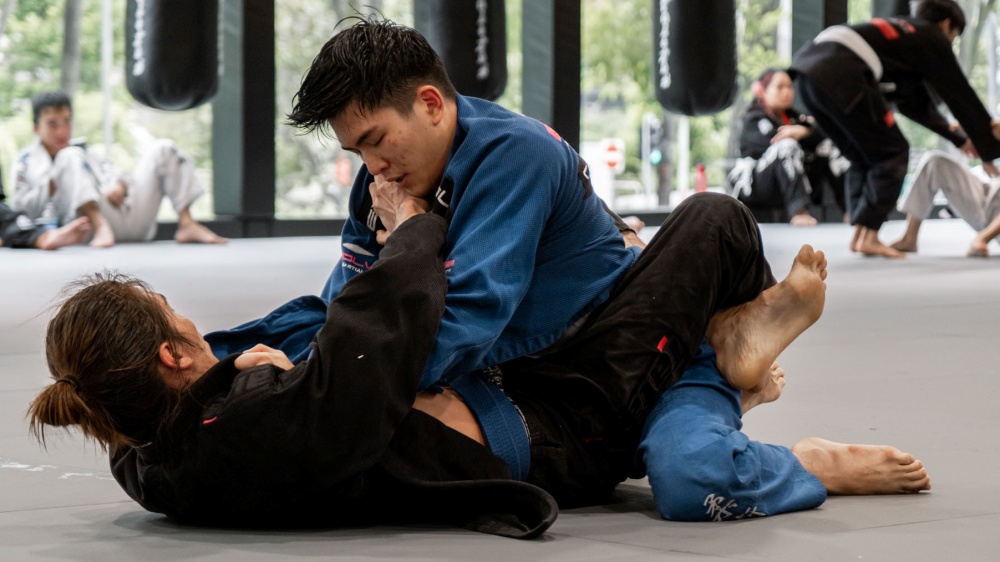
Martial arts are not just about physical prowess; they are deeply rooted in discipline and focus. High achievers are often drawn to these aspects, finding parallels between the dedication required in martial arts and their professional lives. Training consistently and diligently hones their focus and determination, traits that are invaluable in their careers.
3) Self-Defense And Empowerment
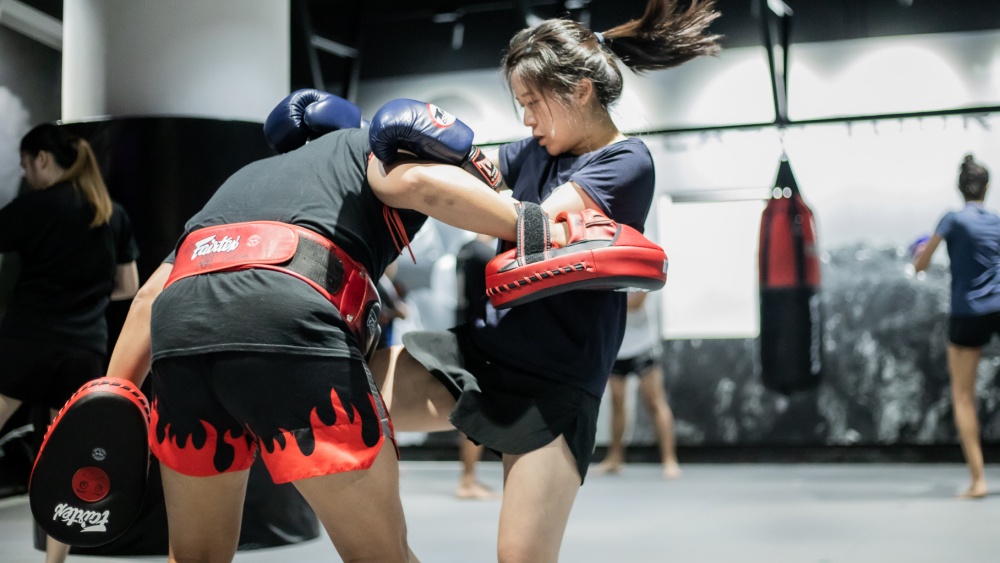
In a world where personal security is a growing concern, many CEOs and celebrities turn to martial arts for self-defense skills. The ability to protect oneself and loved ones is empowering, particularly for individuals who are often in the public eye. This empowerment transcends physical defense, instilling a sense of confidence that permeates all areas of life.
Celebrities And CEOs
Some of the most notable celebrities and CEOs who have dedicated themselves to martial arts training include:
Most people these days know Chatri as the CEO of ONE Championship, but don’t let the fancy suits fool you. Before starting one of the world’s premier mixed martial arts organizations, Chatri was a dedicated martial artist who started training Muay Thai during his childhood, and little did he know that training would end up defining his life.
His Muay Thai skills allowed him to pay his way through college when he moved to the United States and allowed him to make a name for himself. Chatri also credits his Muay Thai training as the reason he was able to face the challenges he faced as a homesick immigrant in the U.S. It provided an escape and allowed him to reconnect with his Thai roots.
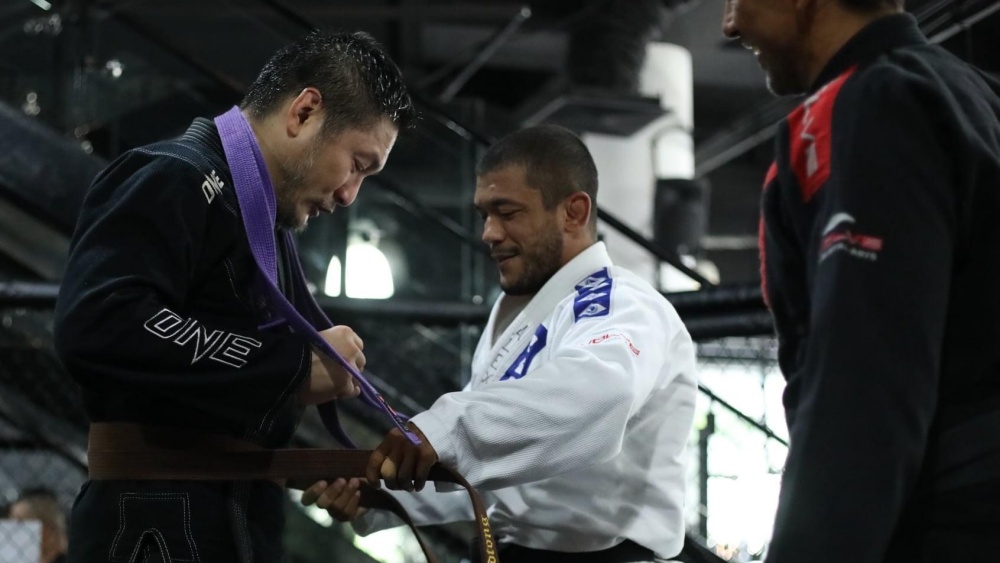
Chatri Sityodtong promoted to brown belt in BJJ.
Now 52, martial arts training is still a huge part of Chatri’s life and he’s also been training BJJ for a few decades.
“Over 30+ years later, I still train Muay Thai almost every day,” Chatri explained during an interview. “I have also picked up a little bit of Brazilian Jiu-Jitsu over the years too. For me, the most unexpected thing is that this crazy love for martial arts also ended up giving birth to some of my favorite companies like ONE Championship, Evolve MMA, Evolve University, Evolve Vacation, and Evolve Fight Gear. Sometimes I wonder what would have happened to my life if I had never walked into Sityodtong Gym that day so long ago.”
Many other martial artists feel the same way about their lives. Martial arts training tends to open doors you don’t even see at first.
Facebook founder Mark Zuckerberg started training Brazilian Jiu-Jitsu during the pandemic and he seems to have been bitten by the BJJ bug. He’s been dedicated to his training ever since he started, and he’s even won a few medals competing at tournaments.
Zuckerberg has also shown an interest in mixed martial arts and he’s been seen working his striking techniques as well. The Meta CEO got into a spat with SpaceX founder Elon Musk earlier in the year, and both men hinted at the possibility between the two.
That likely won’t occur given how much more time Zuckerberg has had training. Ironically, the same attributes that turned Zuckerberg into one of the youngest billionaires in the world have also helped him tremendously on the mat: his willingness to fail. He feels that’s what holds most people back from accomplishing their dreams.
“Part of learning is failing,” Zuckerberg elaborated about his training. “People who train jiujitsu — you need to not have pride.”
That’s a sentiment that’s quite popular in BJJ spaces. It’s virtually impossible to master the fighting style if you have a massive ego. You’re going to get tapped out a lot when you start training BJJ. Take each loss as a learning experience and you’ll be the one tapping others out in a few months if you stick with it.
That’s the same mentality that can make you a billionaire CEO someday.
3) Tom Hardy
Hardy won an Oscar for his fantastic performance in the MMA movie “Warrior,” and he’s now one of the leading names in Hollywood. Hardy started training BJJ because of the movie and he immediately fell in love with the sport.
He eventually started signing up for tournaments and has enjoyed lots of success on the mat. He won gold medals at his weight division in the No-Gi and Gi ReOrg Open Championships in 2022.
4) Joe Rogan
Joe Rogan is a lifelong martial artist who holds black belts in taekwondo and Brazilian Jiu-Jitsu. The long-time UFC commentator credits martial arts for where he is today, from landing a job with the UFC and becoming the most recognized commentator in mixed martial arts and his highly successful podcast “The Joe Rogan Experience.”
Rogan’s understanding of mixed martial arts allowed him to give valuable insights on mixed martial arts fights, giving him a substantial advantage over most of the sport’s early commentators, many of whom barely knew what basic things like underhooks were.
Rogan’s martial arts expertise is so respected that mixed martial arts legends like Georges St. Pierre trained with him and learned techniques from him. GSP credits Rogan for the smooth spinning back kicks that ended up being one of his signature moves.
5) Jason Statham
Jason Statham, a name synonymous with high-octane action films, has a martial arts journey that is as compelling as his on-screen persona. His foray into the world of martial arts began long before he became a Hollywood star, shaping not only his physical abilities but also his approach to life and acting.
Statham’s introduction to martial arts started with Wing Chun, a form of Kung Fu, during his early years. This style, known for its close-range combat techniques, laid the foundation for his martial arts skills. However, it was his exploration into various other forms, including Brazilian Jiu-Jitsu (BJJ), Muay Thai, and Kickboxing, that truly diversified his abilities. Statham’s dedication to BJJ, in particular, stands out. He has been seen training rigorously in this discipline, which focuses on ground fighting and grappling, a stark contrast to the stand-up striking techniques of Wing Chun.
The integration of these martial arts disciplines not only equipped Statham with a wide range of combat skills but also instilled in him a sense of discipline, focus, and resilience. These traits have been essential in his acting career, especially in roles that demand intense physical performance. Statham’s training in martial arts has also influenced his approach to performing stunts. Known for performing his stunts in films, his martial arts background has undoubtedly contributed to his ability to execute complex and dangerous sequences with precision and safety.
Statham’s journey in martial arts is reflective of his dedication to constant improvement and versatility. Unlike many actors who might learn martial arts solely for a role, Statham’s commitment to martial arts has been a lifelong pursuit, integral to both his personal and professional life. His proficiency in multiple martial arts forms not only enhances his credibility as an action star but also demonstrates the depth of his commitment to the craft.
6) Mario Lopez
Mario Lopez’s journey in martial arts is a testament to his dedication to fitness and personal discipline. Best known for his role as A.C. Slater on the popular television show “Saved by the Bell,” Lopez has been an avid practitioner of martial arts, an interest that he developed at a young age and has continued to pursue throughout his life.
Lopez’s martial arts training began when he was just three years old, starting with karate. His passion for martial arts grew as he matured, eventually earning a black belt. His early start in karate laid the foundation for his lifelong commitment to physical fitness and the discipline that martial arts require. Lopez didn’t stop at karate; he expanded his martial arts repertoire to include boxing and Brazilian Jiu-Jitsu (BJJ). His involvement in boxing is well-documented and he once had a celebrity boxing match against Oscar De La Hoya.
7) Ashton Kutcher
Ashton Kutcher’s martial arts journey is particularly noteworthy for its depth and intensity, especially in the world of Brazilian Jiu-Jitsu. Unlike many celebrities who take up martial arts as a hobby or for a movie role, Kutcher has delved deeply into BJJ, showing a level of dedication that goes beyond casual practice.
Kutcher began his BJJ training under the tutelage of Rigan Machado, a renowned figure in the martial arts world. Machado, a coral belt in BJJ, is known for training various celebrities, but Kutcher’s commitment has set him apart. Under Machado’s guidance, Kutcher has progressed rapidly in the sport, demonstrating both a natural aptitude and a serious dedication to his training. He’s currently a brown belt.
8) Donnie Yen
Donnie Yen’s martial arts journey is a story of legacy, innovation, and mastery, deeply interwoven with the evolution of martial arts cinema. Born to a martial artist mother and a newspaper editor father, Yen’s exposure to martial arts began at a very young age, setting the stage for what would become a remarkable career both in martial arts and on screen.
Yen’s mother, Bow-sim Mark, a well-respected Tai Chi and Wushu master, was his first martial arts teacher. Under her guidance, he developed a solid foundation in traditional Chinese martial arts, particularly in Wushu, which emphasizes grace, agility, and technique. His early training was rigorous and disciplined, instilling in him not just physical skills, but also an appreciation for the cultural and philosophical aspects of martial arts.
Perhaps most notable in Yen’s martial arts journey is his role in popularizing Wing Chun, a style he learned in preparation for his role as Ip Man, the legendary Wing Chun master and teacher of Bruce Lee. Yen’s portrayal of Ip Man brought renewed interest and respect to Wing Chun, showcasing its effectiveness and philosophical depth.
9) Russell Brand
Russell Brand’s martial arts journey is an intriguing aspect of his eclectic and multifaceted life. Known primarily for his work as a comedian, actor, and author, Brand’s exploration into martial arts is less about physical prowess and more about mental and spiritual well-being.
Brand’s interest in martial arts aligns closely with his pursuit of personal development and spiritual growth. He has spoken openly about his struggles with addiction and mental health, and his turn towards martial arts appears to be part of a broader quest for inner peace and stability. In this context, martial arts are not just a form of physical exercise for Brand, but a discipline that offers a holistic approach to health and well-being.
Russell Brand’s approach to martial arts is reflective of his unique path in life. It underscores how martial arts can be adapted to serve diverse personal goals – in his case, as a tool for personal transformation and healing.
10) Elon Musk
Elon Musk, the renowned entrepreneur and CEO known for leading companies like Tesla and SpaceX, has a lesser-known aspect to his diverse range of interests: a connection to martial arts. While Musk is not widely recognized for his martial arts prowess like some celebrities or professional athletes, he recently claimed to have trained in Taekwondo and Kyokushin Karate as a child during an interview with Joe Rogan. Musk also said that he had recently done some BJJ training, probably to avoid getting tapped out by Mark Zuckerberg if the two ever get into a brawl.
Zuckerberg would likely be the favorite if the two ever square off inside a cage, given the fact he has recent competition experience and success, but Musk seems to be building a genuine attraction to the martial ways.
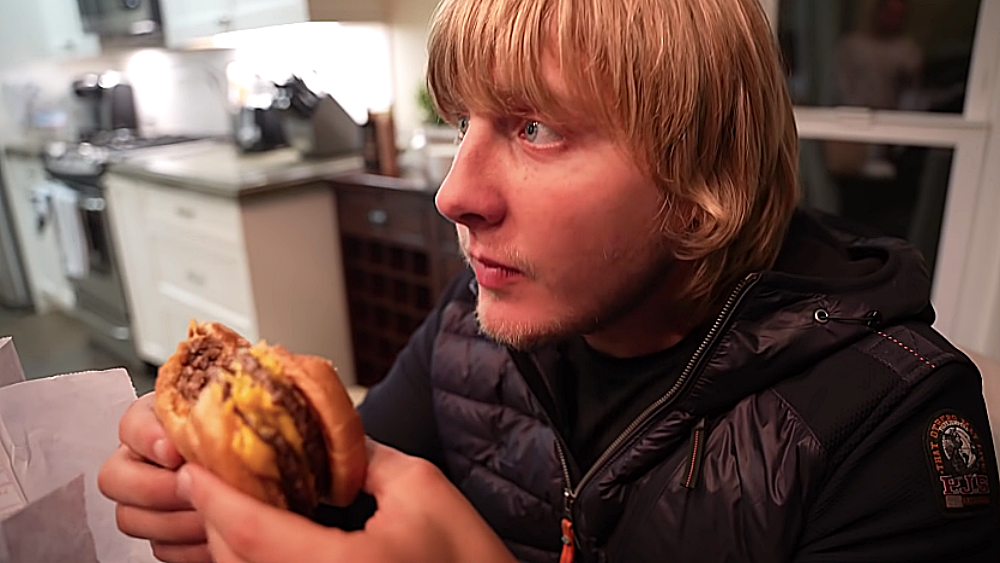 Guest post by Evolve MMA, Asia’s premier championship brand for martial arts with the most number of World Champions…
Guest post by Evolve MMA, Asia’s premier championship brand for martial arts with the most number of World Champions…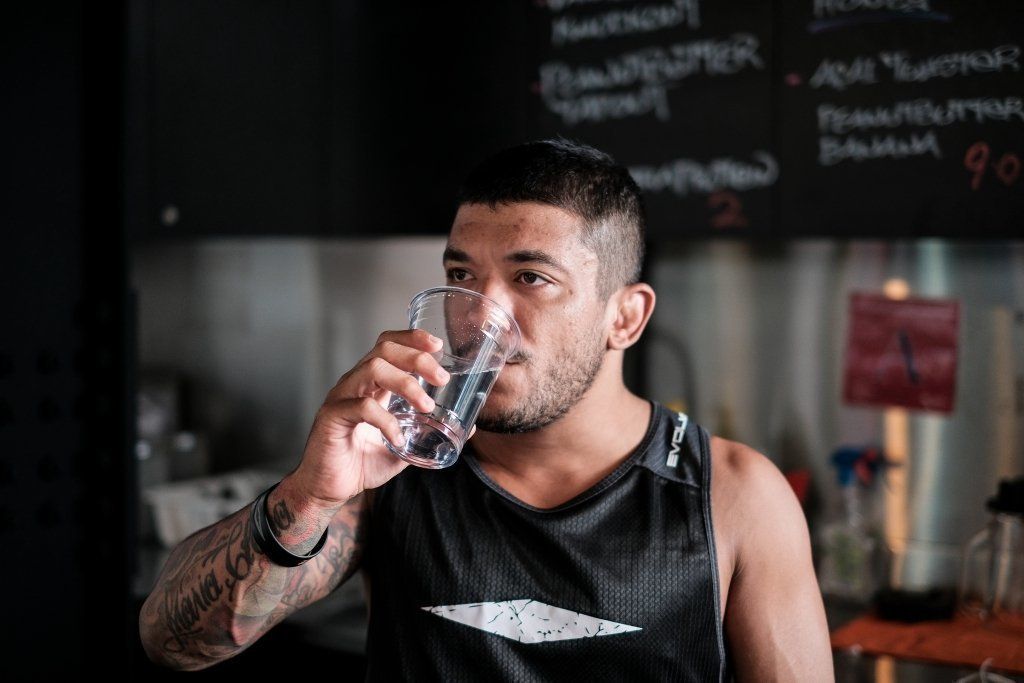

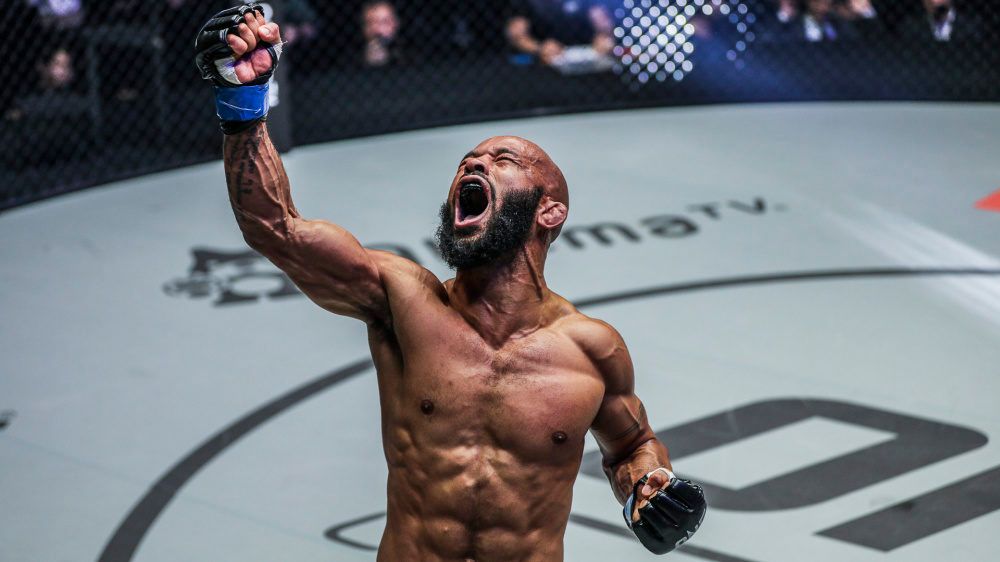 Guest post by Evolve MMA, Asia’s premier championship brand for martial arts with the most number of World Champions…
Guest post by Evolve MMA, Asia’s premier championship brand for martial arts with the most number of World Champions…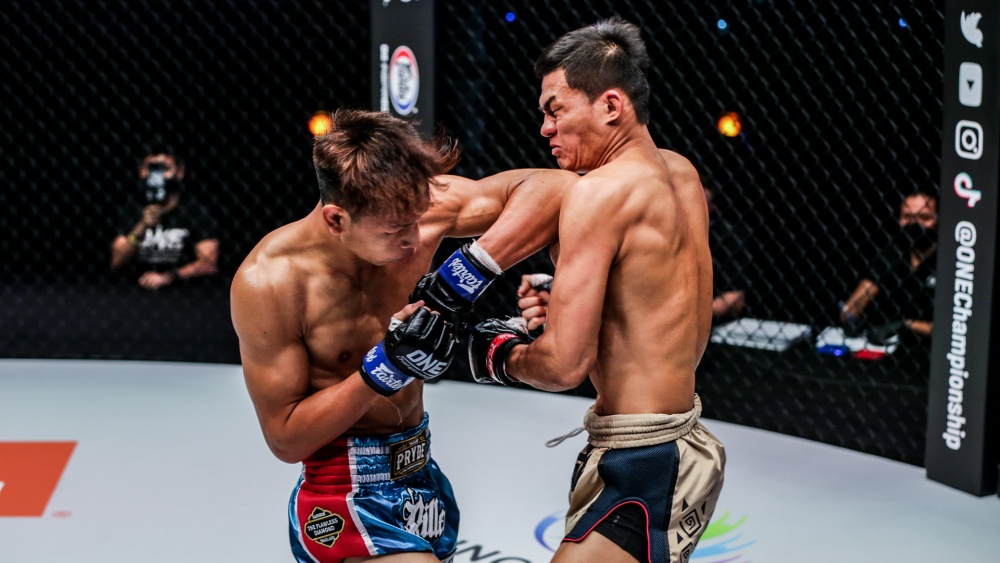
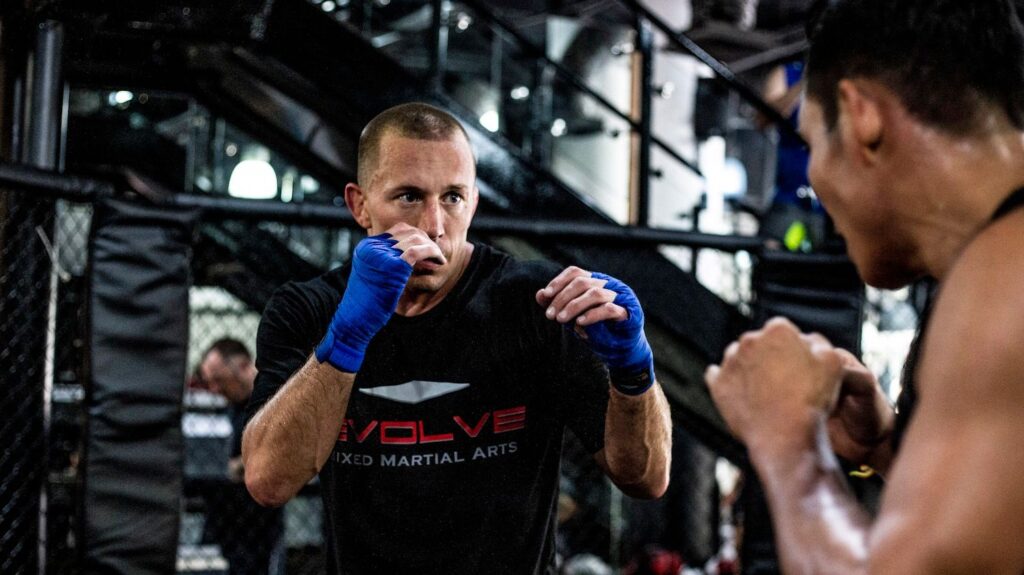
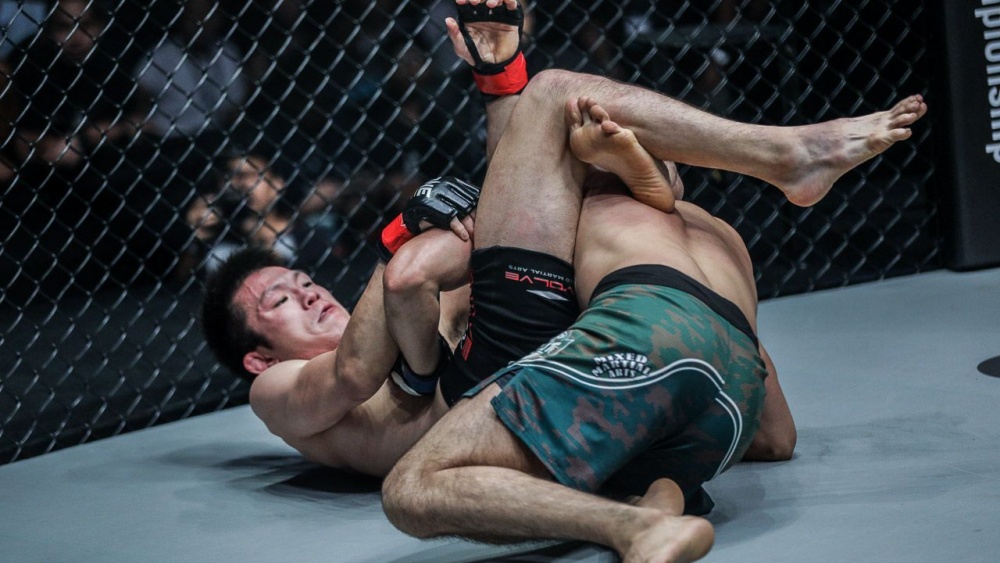

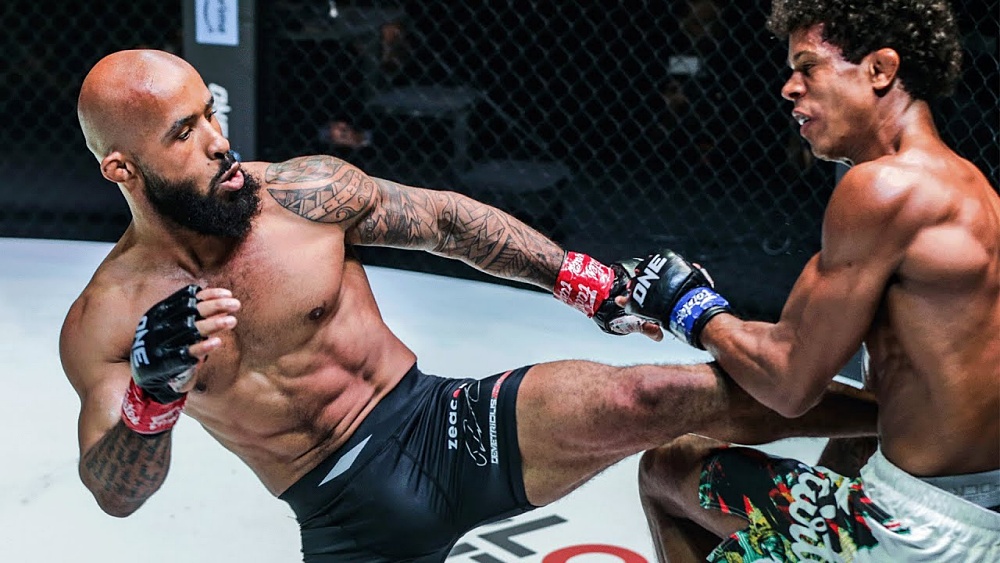 Guest post by Evolve MMA, Asia’s premier championship brand for martial arts with the most number of World Champions…
Guest post by Evolve MMA, Asia’s premier championship brand for martial arts with the most number of World Champions…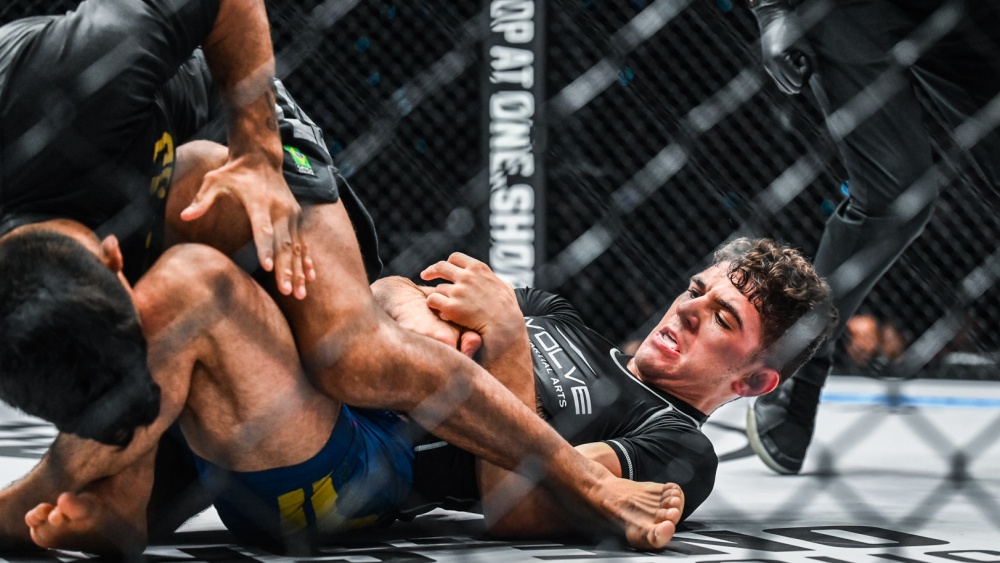 Guest post by Evolve MMA, Asia’s premier championship brand for martial arts with the most number of World Champions…
Guest post by Evolve MMA, Asia’s premier championship brand for martial arts with the most number of World Champions…